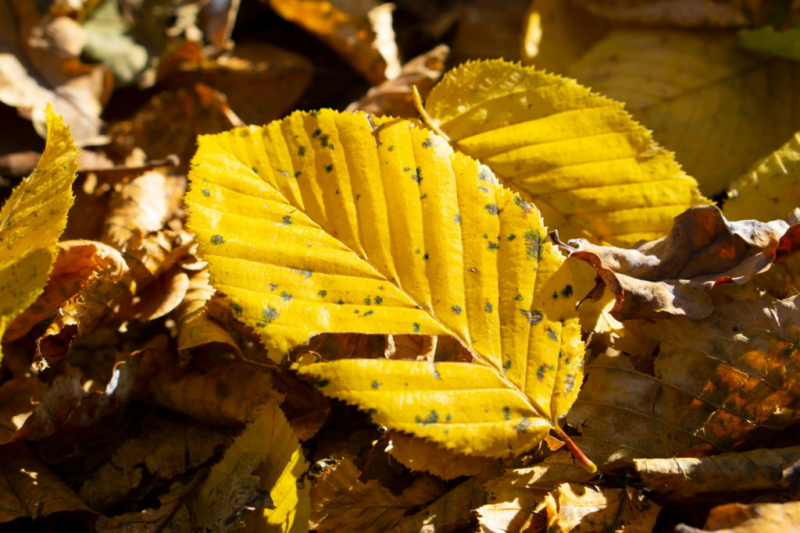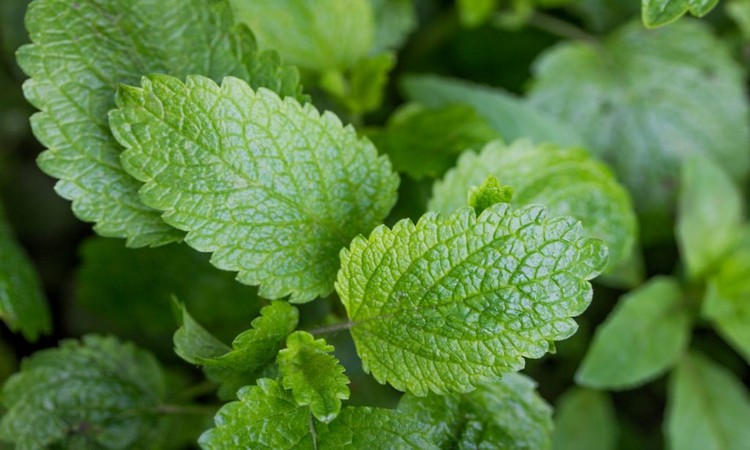Fertilizing Hornbeam Hedge: Tips On Timing And Choice Of Fertilizer
Even if hornbeams are very robust, they are happy to be fertilized every now and then. We show what you should consider when fertilizing hornbeam hedges.
Hornbeams ( Carpinus betulus ) have trunks and leaves like beeches and look like them – almost. Because hornbeams are actually not beeches at all. They belong to the birch family (Betulaceae) and are only incorrectly referred to as beeches ( Fagus ) due to their similarity. As a native plant, hornbeams are optimally adapted to our Central European climate. That simplifies maintenance immensely. In nature, the trees prefer particularly nutrient-rich soils. A good prerequisite for a healthy hornbeam hedge is deep garden soil. If you do not have this, you should enrich the soil with matured compost or a primarily organic long-term fertilizer before planting.
Fertilizing hornbeam hedge: the right time
Table of Contents
Hornbeams actually only need fertilizer when they are young, or when they show symptoms of deficiency and stunted growth. Start fertilization for planting is definitely recommended. In principle, however, fertilization should only be carried out in spring shortly after the new shoot. Fertilization later in the year can lead to frost damage the following winter.
What should be used to fertilize hornbeam hedges?
Hornbeams are considered to be extremely robust. The fertilization is accordingly rather economical. As a rule, it is sufficient to only fertilize younger plants. In the case of older specimens, this is usually unnecessary. With their heart-shaped root system, the plants can penetrate deep into the soil and collect nutrients. A wide variety of native mycorrhizal fungi, with which they live in symbiosis, are helpful.
The best fertilizer for hornbeam hedges is their own leaves. They have very easily decomposable leaves that make excellent hummus. So just leave the leaves under the plants in favor of the hedge. The result is good hummus with valuable nutrients, improved soil fertility, and comfort conditions for mycorrhizal fungi. If the soil is not very good or your plants show symptoms of deficiency such as pale leaves, you can supplement them with various mainly organic fertilizers.
Mainly fertilize hornbeam hedges organically: application recommendation
Organic fertilizers not only bring nutrients into the soil but also promote soil fertility and soil activity. But you don’t have to overdo it. It is enough if you give a portion of finished compost or organic fertilizer with organic long-term effects such as our organic universal fertilizer in the spring.
You might so like: Cherry Laurel Yellow And Brown Leaves: Causes And Tips To Avoid
Mineral fertilize hornbeam hedges
Mineral fertilization is not recommended for hornbeams. The plants are among the less demanding plants that can cope with little. Too much fertilizer does more damage than a lack. Therefore, to be on the safe side, use primarily organic fertilizers to avoid over-fertilization. Mineral fertilizers are more readily available to the plant, which makes over-fertilization more likely. If you still want to use a mineral fertilizer, then you should opt for a depot fertilizer.
Fertilize hornbeam hedges with home remedies
Fertilizing hedges with home remedies is rather time-consuming, as home remedies usually come on a smaller scale. It is, therefore, better to stick to organic materials such as compost or manure in smaller quantities. The best fertilizer, however, is the plants’ own foliage. It contains what is necessary for the formation of new leaves.
Hornbeam hedges fertilize at a glance:
- Hornbeams are perfectly adapted to domestic conditions
- Deep, good garden soil is the ideal prerequisite
- If necessary, improve the soil with compost or some manure before planting
- Fertilize only at a young age in the spring shortly after the new shoots
- Soil fertility and humus formation can be promoted by mainly organic fertilizers
- If fallen leaves are left lying around, the nutrients can be recycled
You can find out how to shape your hornbeam hedge in our article on trimming hedges.






